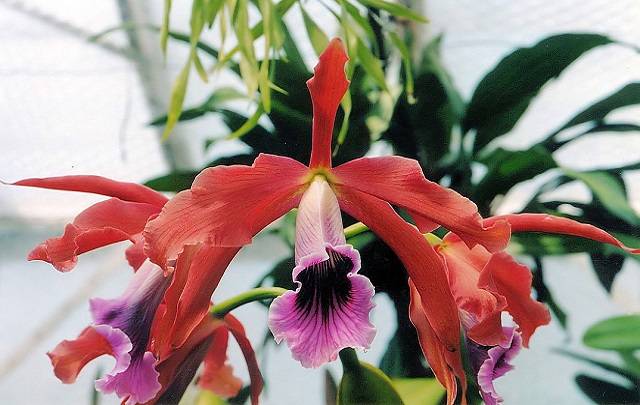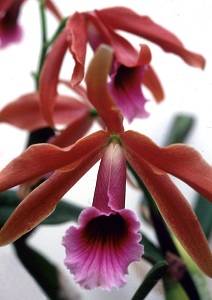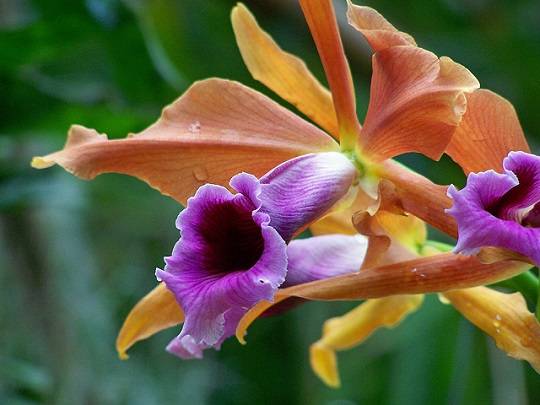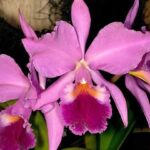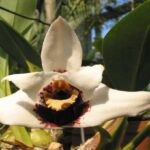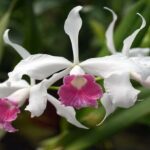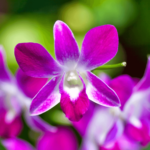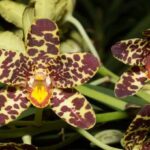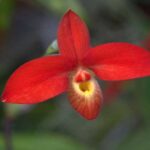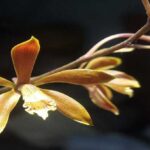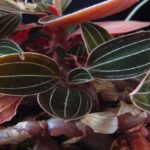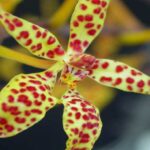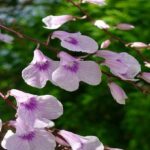The laelia tenebrosa is one of the most famous orchids in the laelia genus.
Very similar in its characteristics and cultivation to the cattleya purpurata.
It receives great attention for the beauty of its flowers, this orchid is highly admired by Brazilian orchid enthusiasts.
Keep reading, as you will now learn more about the cultivation of this beautiful plant.
Learn How to Achieve Super Blooms on Your Orchids
🛑 If you love orchids and you're tired of not being able to make them bloom...
Then, know that thousands of beginner growers are achieving beautiful flowers on their orchids by following this method.
Click the button below to have beautiful orchids with show-worthy flowers every year. ⤵
Characteristics
The laelia tenebrosa, a Brazilian orchid, is known by several other names, such as cattleya tenebrosa or brassolaelia tenebrosa.
It was previously found naturally in the states of:
- Espírito Santo
- Bahia
These orchids were found in dense forests on top of trees (between 640 and 1000 meters altitude), meaning they are epiphytes.
Unfortunately, today this orchid is considered practically extinct in nature, found only in specific locations in Brazil.
It could be extinct due to deforestation and illegal orchid trafficking!
Flowers
As mentioned earlier, this orchid stands out for its large flowers.
It usually blooms between spring and summer, but this date may vary.
During this period, it produces 2 to 3 large flowers with the following characteristics:
- They can grow larger than 20 cm (7.87 inches)
- Fragrant
- Last 15 to 25 days
- Darker colors (perhaps creating a suspenseful tone in its flowers, it was named tenebrosa)
Remember that younger plants may produce smaller flowers or even not bloom at all, so if you have purchased a very young orchid, be patient.
Cultivation of Laelia Tenebrosa
Natural orchids of this species are practically extinct.
And knowing this is important for its cultivation.
Natural species are difficult to cultivate, but hybrids are easier to grow.
Currently, the vast majority of the species sold are hybrids.
Therefore, the tips below are especially for hybrid laelia tenebrosa, but they can also be adapted for copies of natural species.
NOTE: Do not remove orchids from nature.
See also:
- Orchid Care for Beginners
- Black Orchid (Brasilorchis schunkeana)
- Phalaenopsis (The Moth Orchid)
- Cattleya Walkeriana
- Cooktown Orchid (Dendrobium bigibbum)
1 – Temperature
Temperature is very important for your orchid to survive well in its cultivation location.
And since this is a factor we cannot control, know that:
You need to cultivate orchids that like the temperature of the place where you live.
In the case of laelia tenebrosa, it prefers high or medium temperatures:
- Summer: during the day, 26°C to 28°C (78.8°F to 82.4°F), and at night, about 20°C (68°F).
- Winter: during the day, 22°C to 23°C (71.6°F to 73.4°F), and at night, about 16°C (60.8°F).
In both cases, the average temperature variation between day and night should be 7°C to 8°C (12.6°F to 14.4°F).
2 – Watering
Orchids, like people, need water to survive, so know that the story that orchids do not like water is a lie.
The correct thing is to offer the right amount of water to them.
Do not overwater, and do not water too little.
Watering should be done after the substrate dries, being abundantly done by the roots.
Remember that during the growth period of your orchid, watering will be done more frequently.
3 – Where to Plant and Substrates
Laelia tenebrosa is an epiphytic orchid, so it cannot be planted in the soil.
The best places to put this orchid are:
- Plastic or clay pots (the size should not be too large, on average with space for your orchid to grow for another 1 or 2 years)
- Baskets or cachepots
- Hanging on trees
Replanting should always be done during the growth period of your plant and is not necessary if it is hanging on trees.
The substrates should provide good drainage and anchor your orchid in the pot. Some recommendations are pine bark and gravel.
4 and 5 – Humidity and Shading
Without a doubt, these are the two most important factors when it comes to cultivating an orchid.
If you provide the wrong conditions, you will certainly have very annoying problems with your orchids, such as:
- Pests and diseases
- Weak or nonexistent blooms
Therefore, pay close attention.
This is not an orchid that likes a lot of sun, so provide moderate shading of 50% to 70%.
As for humidity, it should be moderate.
That is, usually, if the humidity is good for you, it will also be good for your orchid.
Do You Want to Learn How To Keep Your Orchids Healthy And Ready to Bloom Every Year?
So, I prepared a complete guide, step by step and illustrated, that will show you:
• The secrets to getting beautiful flowers every year
• How to fight and identify pests and diseases on your orchids
• THE MAGIC SUBSTANCE for orchids and how to use it
• And much, much more.
The great news is that the manual is now available at a super discount!!
But beware, it's only for the first buyers.
Click on MORE INFORMATION below and discover the secrets to show-worthy flowers. 👇
Conclusion
I hope that with these tips, you can cultivate your laelia tenebrosa orchid well.
If you want to learn more about other orchids, check out these articles:
Now I want to ask you something.
Comment below, telling a bit about your experience with this orchid.

